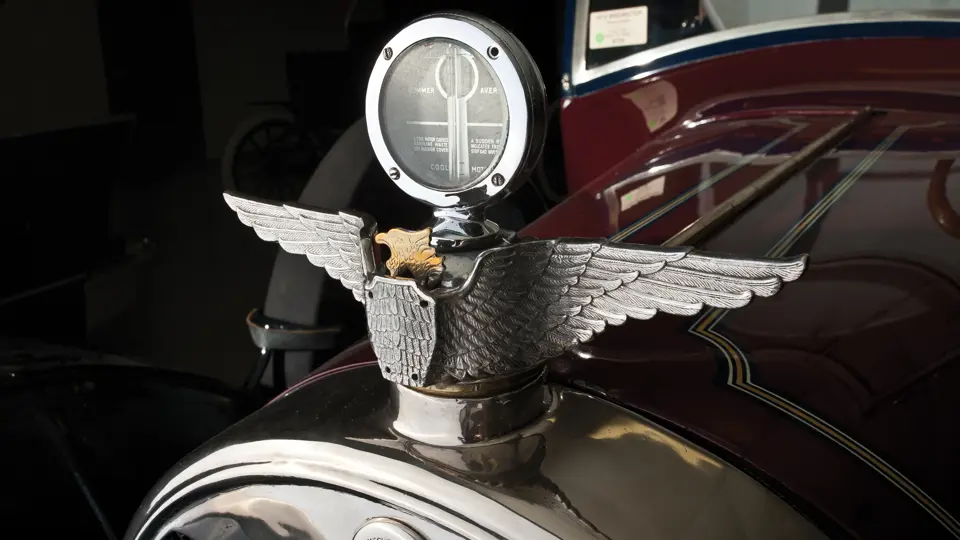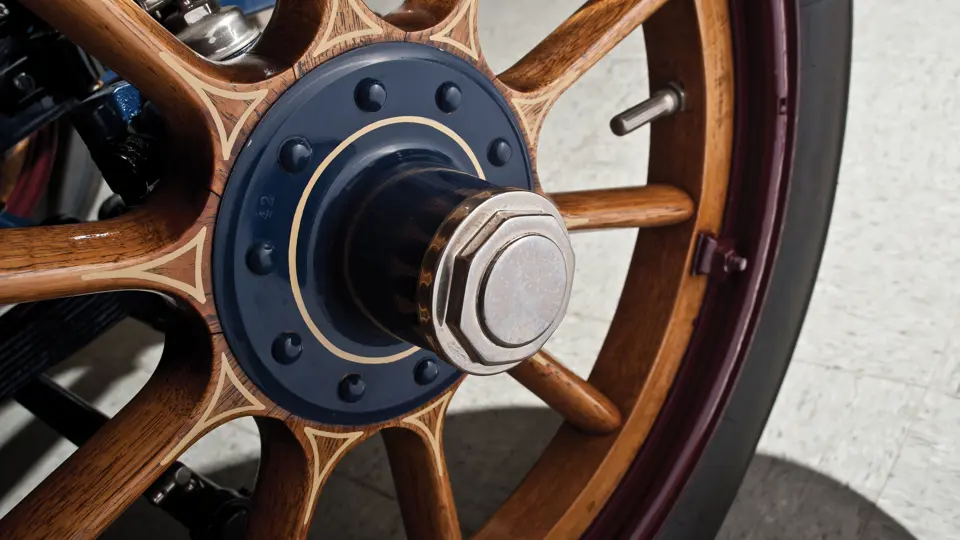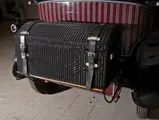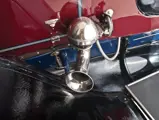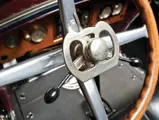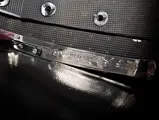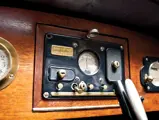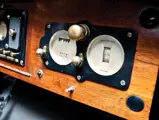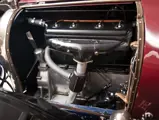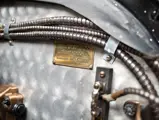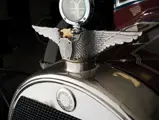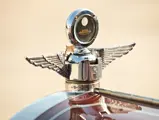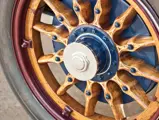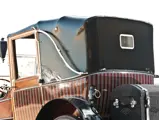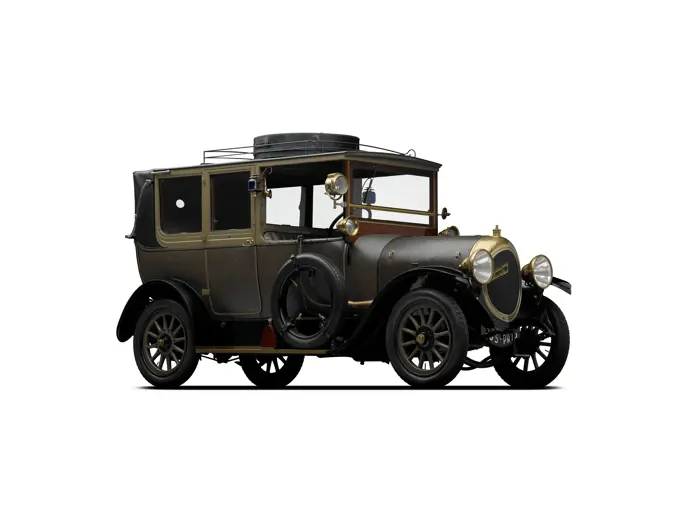40 bhp, 276.5 cu. in. Knight four-cylinder inline sleeve-valve engine, three-speed manual transmission, solid front axle with semi-elliptic leaf springs, live rear axle with cantilever leaf springs, and two-wheel mechanical drum brakes. Wheelbase: 125"
• Offered from the Estate of John O’Quinn
• A wonderful early example of Brewster’s own automobile design
• Documented early history
• Shown at 2004 Pebble Beach Concours d’Elegance
Despite being one of America’s most respected coachbuilders, Brewster & Co. is not well known as a manufacturer of complete automobiles. When its supply of Rolls-Royce and Delaunay-Belleville chassis declined with the outbreak of World War I and halted after the 1915 Lusitania sinking, the company built a prototype powered by the quiet and expensive Knight sleeve-valve engine with a 125-inch wheelbase. Suspension and braking were quite similar to contemporary Rolls-Royce designs.
The cars were available with a variety of elegant and expensive Brewster bodies. Although it was aimed at an extremely affluent and discerning clientele, the Brewster-Knight offered surprising ease of operation, practicality and excellent value. All Brewster-Knights were built at Long Island City, New York through 1925, shortly before Rolls-Royce of America acquired Brewster, and as many as 500 were produced in all, with as few as 13 known to exist today.
According to research by a highly knowledgeable marque enthusiast using original Brewster journals, this Model 41 from 1915 was catalogued as a “Round-Cornered Falling Front Landaulet.” It was originally purchased by Richard M. (Marsh) Hoe of 11 East 71st Street, New York City, a banker believed to be the son of Richard M. Hoe, the inventor of a revolutionary printing-press design. It is known that the car was sold in New York in 1999 and was restored some time prior to its showing at the 2004 Pebble Beach Concours d’Elegance. In 2006, it was acquired by the next owner from the noted James C. Leake collection. A beautiful blend of materials, shapes and colors, it is a very rare and wonderful representative of the Golden Age in American coachbuilding.
Please note that while this vehicle was most likely manufactured in 1916, based upon its chassis number, it is currently titled in Oklahoma as a 1915 model and listed in the auction catalogue accordingly.




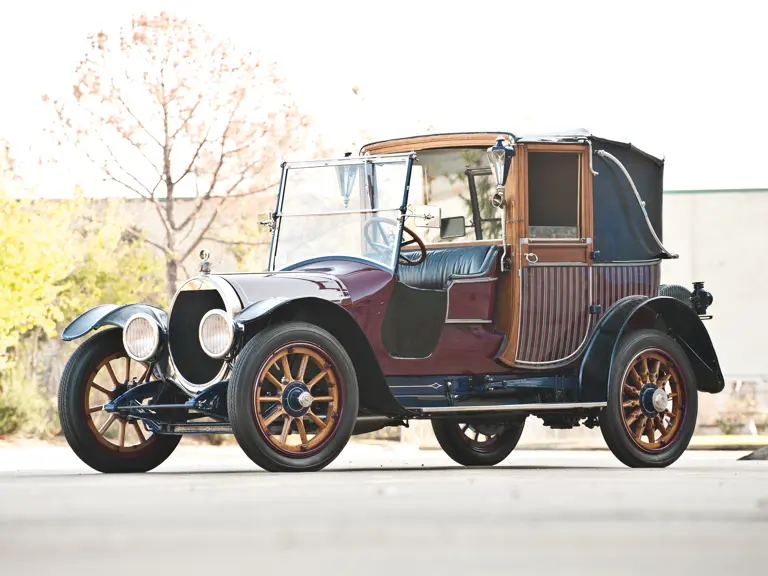


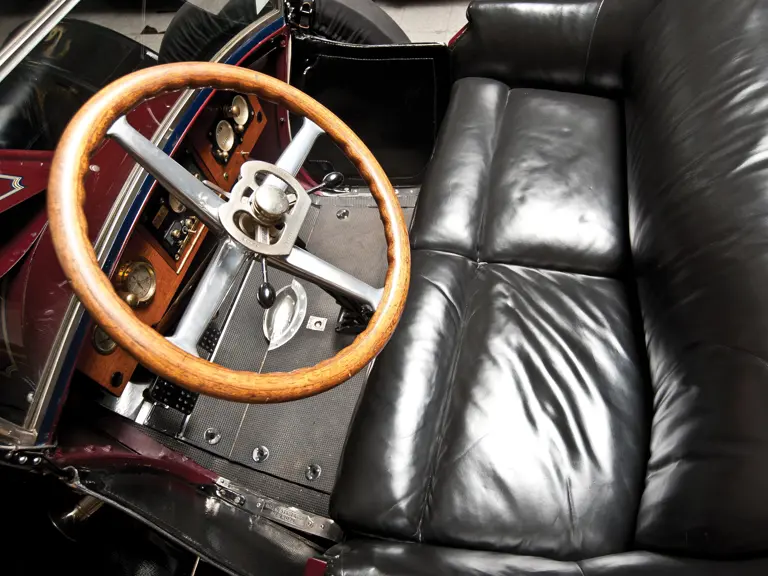
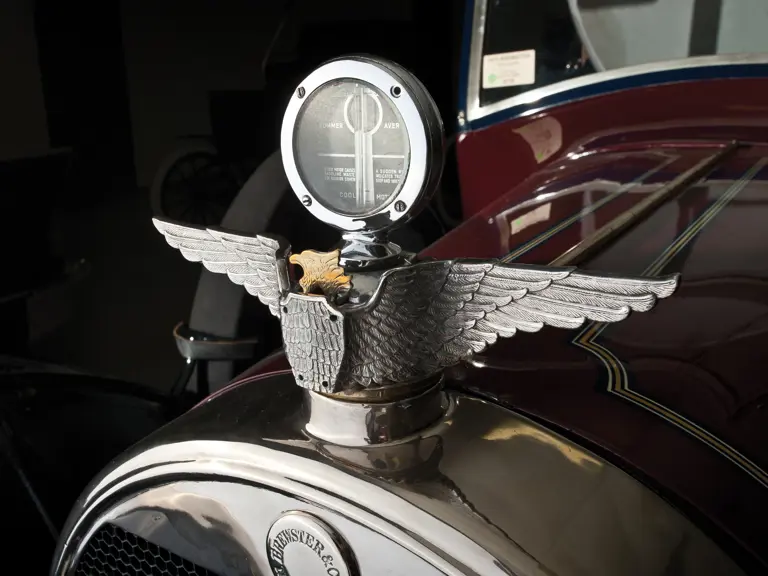
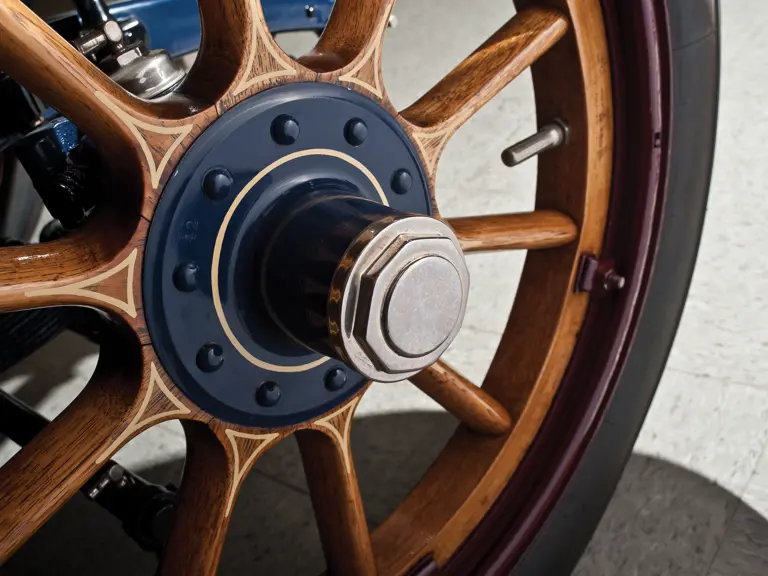
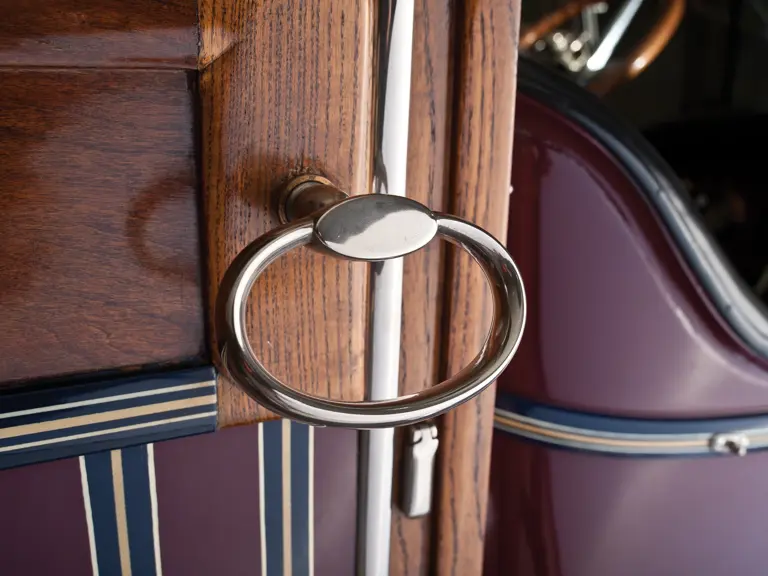
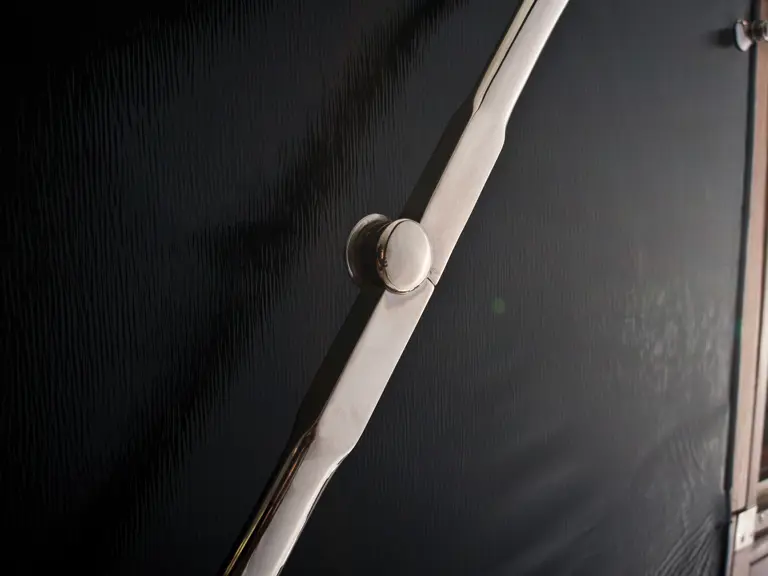
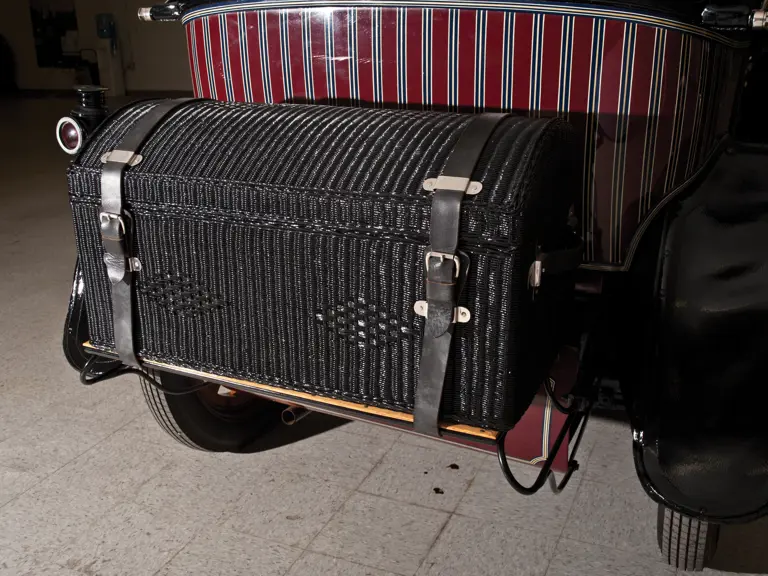
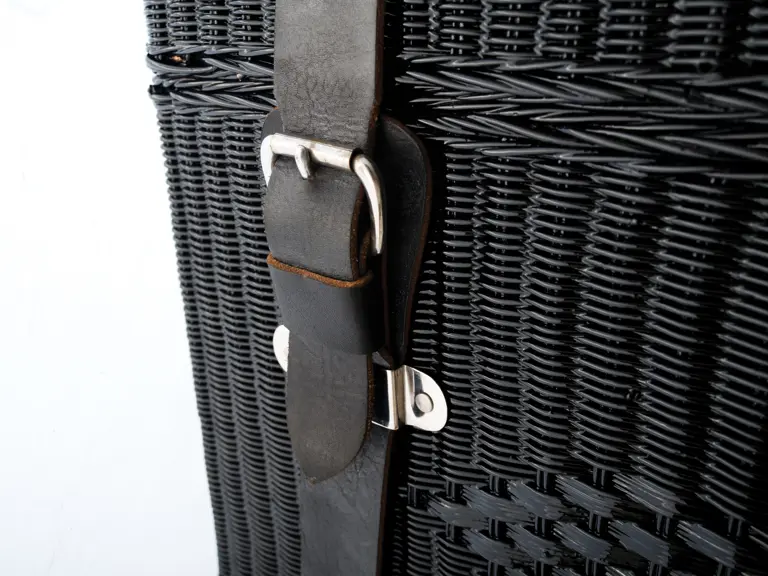
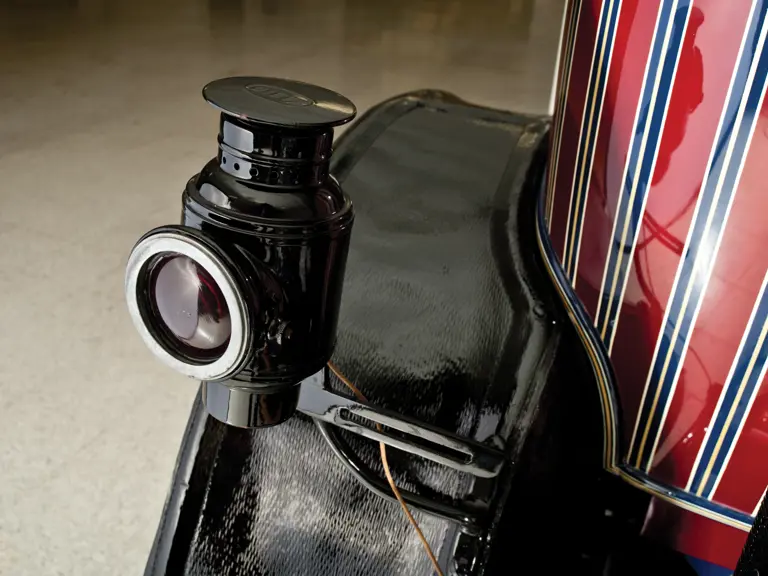


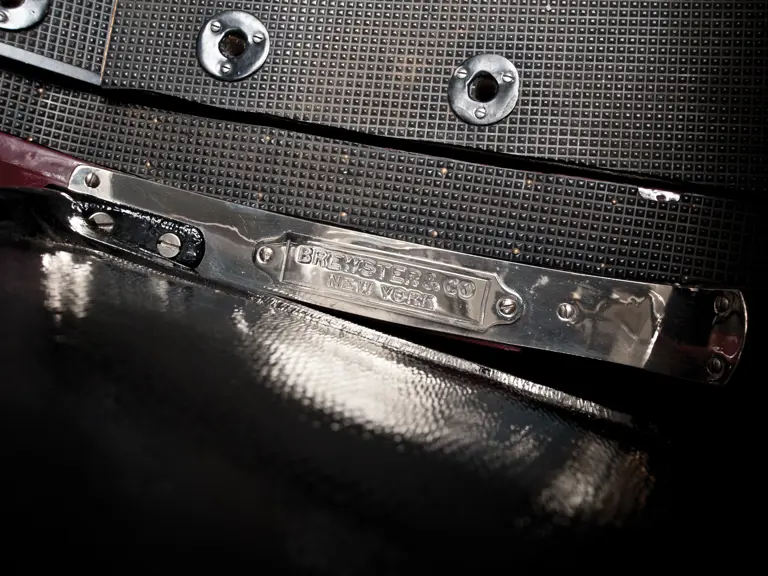
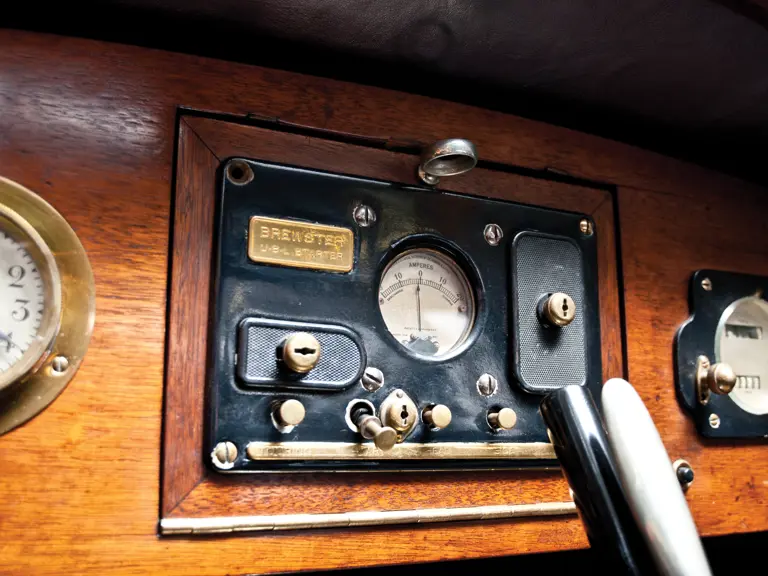
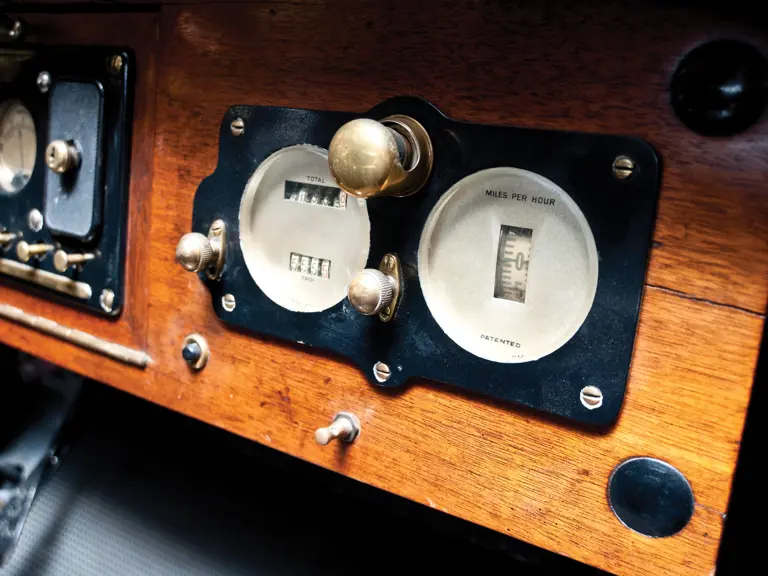
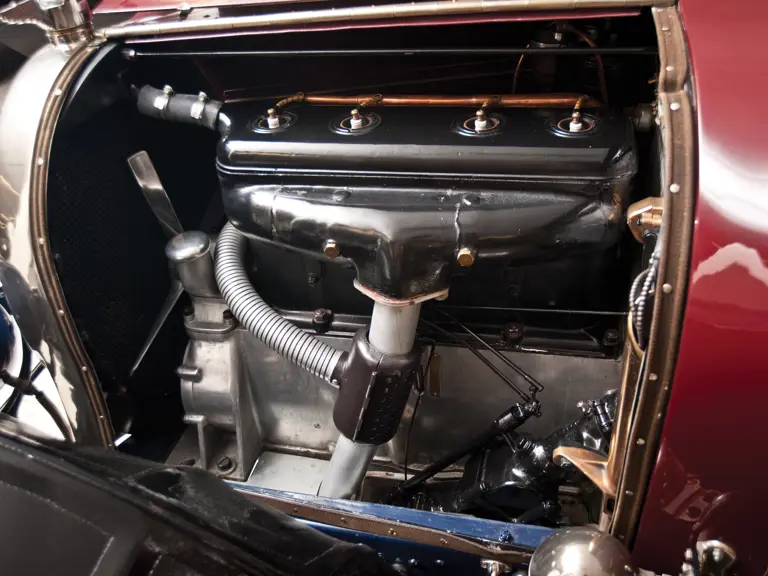
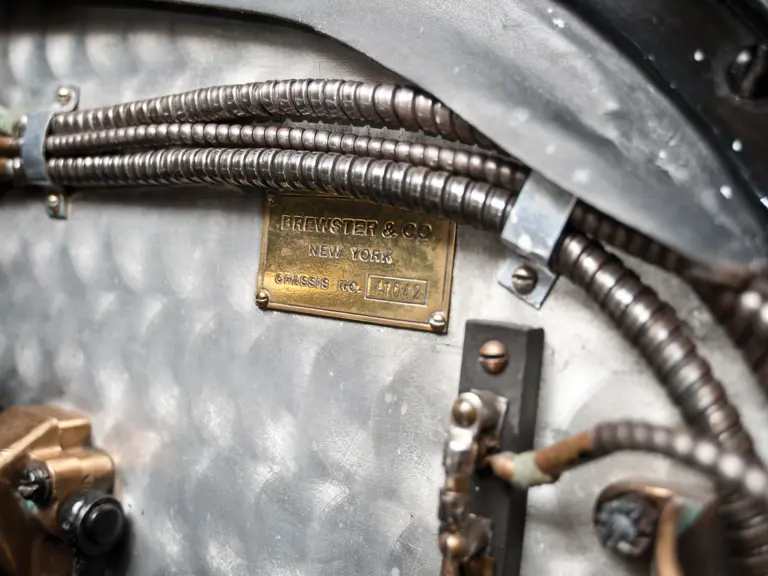

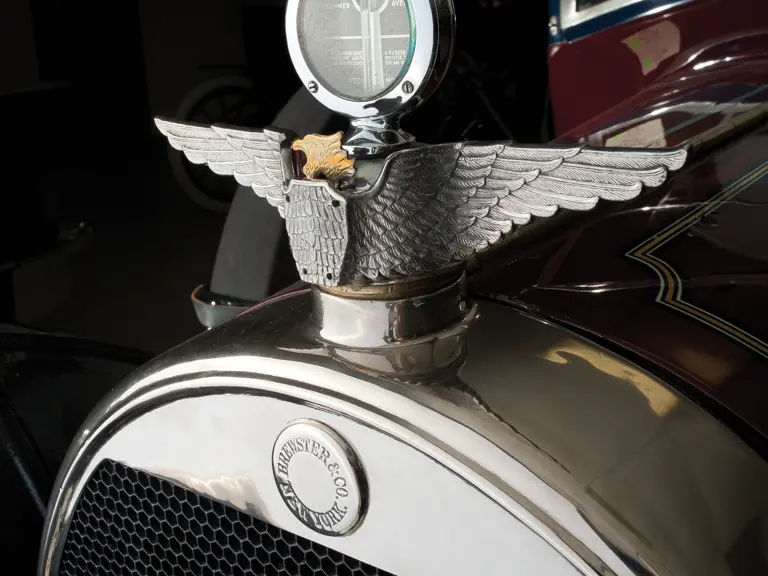


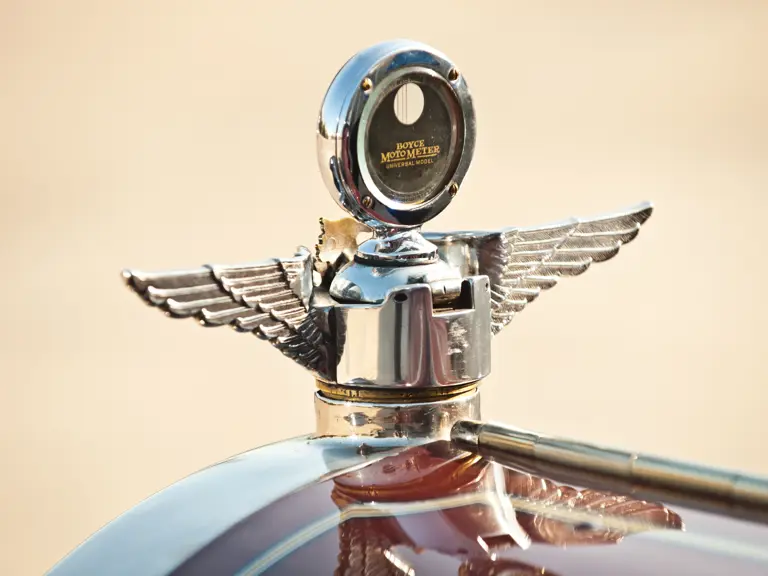
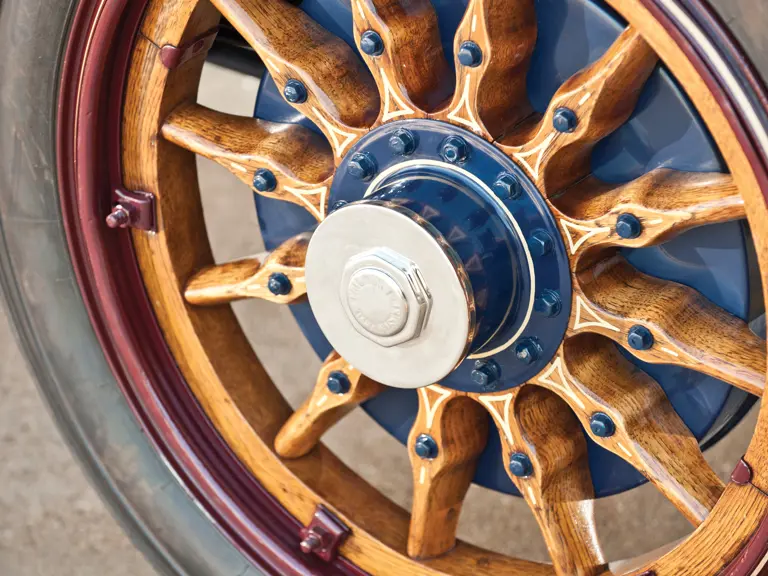
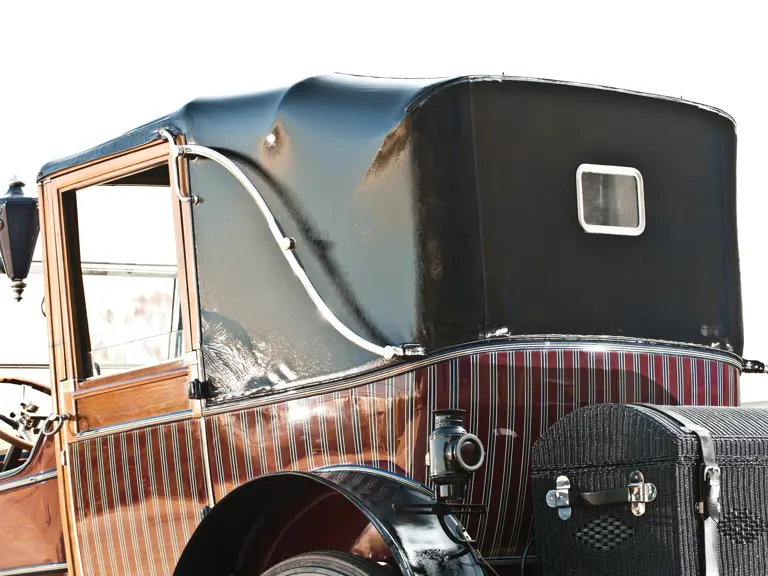
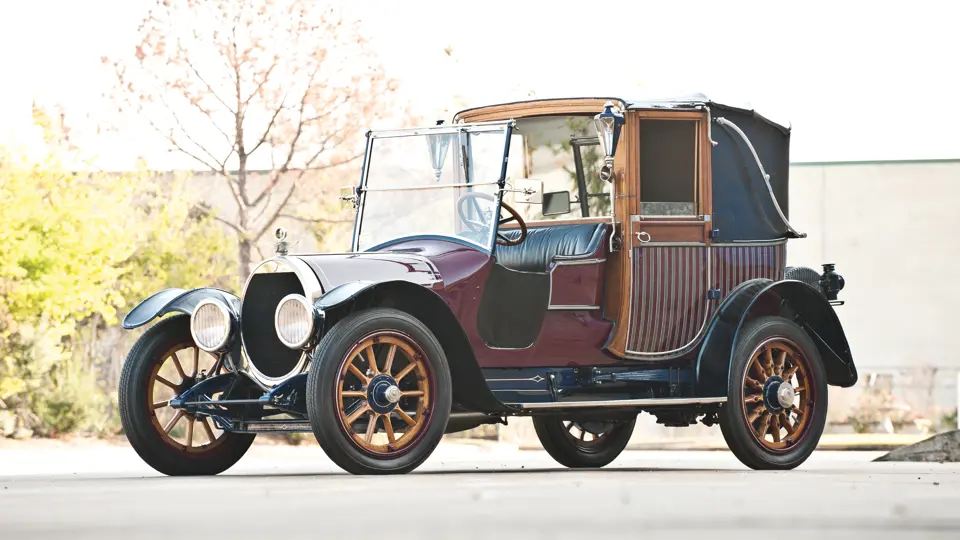
 | Phoenix, Arizona
| Phoenix, Arizona
